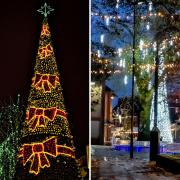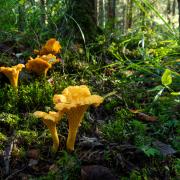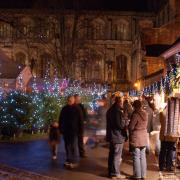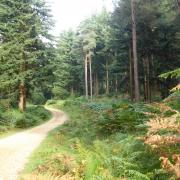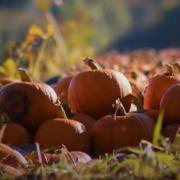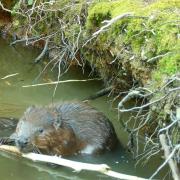During the summer months, we see a peak in bat activity, offering a unique opportunity to observe these fascinating flying mammals. Hampshire is a microcosm of bat diversity, hosting numerous species such as the common pipistrelle, the brown long-eared bat, and the noctule bat. These species thrive in our woodlands, parks, and even more urban areas, making it relatively easy to spot them during their nocturnal flights.
Currently bats are building up crucial fat reserves ahead of winter, hungrily feasting on insects such as midges, moths, beetles, flies and mosquitoes. They have an extremely hearty appetite as flying uses up lots of energy – in fact, a single common pipistrelle weighing just 5g - the same as a 20p piece - can eat over 3,000 insects in one night. This rate of consumption helps to control pests, aids pollination and seed dispersal – all providing a boost to biodiversity.
Maternity roosts are also bustling with activity as juvenile bats learn to fly and hunt as they no longer rely on their mother’s milk, preparing for their independent lives.

Despite their importance, bats face significant threats. Habitat loss, pesticide use, and light pollution are just a few of the challenges they encounter. Additionally, these creatures are often unfairly feared and misunderstood, contributing to a lack of support for their conservation.
International Bat Night, celebrated from August 24 to 25, provides an excellent opportunity to learn more with local events across Hampshire offering guided bat walks, talks, and activities designed to educate and inspire. Attending these events can help demystify bats and highlight their ecological significance

We can also take steps to support bat populations in our neighbourhoods. Installing a bat box in your garden can provide much-needed roosting sites, especially in areas where natural habitats are scarce. Reducing light pollution by using outdoor lighting sparingly and opting for bat-friendly lighting options can create a more welcoming environment for nocturnal wildlife.
Take a moment this summer to look up at the evening sky and watch for the swooping silhouettes of Hampshire’s bats on their nighttime adventures.
To find out more about bats in Hampshire, visit hampshirebatgroup.org.uk
About the author
Gemma Summerfield is a Countryside Projects Manager with Hampshire County Council’s Countryside Service. The service looks after many of Hampshire’s major country parks and National Nature Reserves, as well as some heritage monuments, local recreational spaces, and large areas of common land. It also manages Hampshire’s 3,000 miles of public rights of way.




